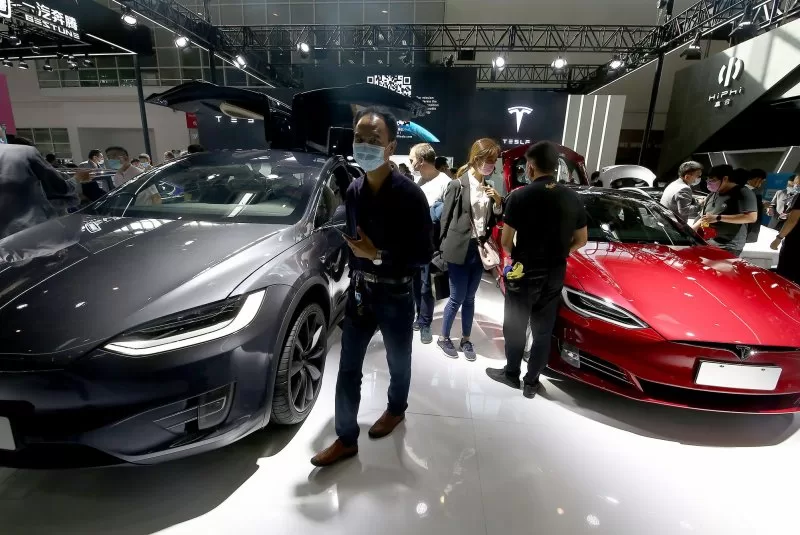Oct. 18 (UPI) — Officials are looking into whether self-driving systems in Tesla vehicles are safe in cases of fog, glaring sun or other “reduced roadway visibility conditions,” the National Highway Traffic Safety Administration said Friday.
In documents filed with the U.S. Department of Transportation, the NHTSA confirmed it is launching an investigation of the electric vehicle maker based on a “failure of the system engineering controls to react appropriately to reduced roadway visibility conditions.”
The investigation comes after four standing reports made to the Department of Transportation over Tesla vehicles involved in collisions, including one with a pedestrian fatality.
Conditions of airborne dust are also listed as possible factors causing issues with the vehicles’ full self-driving or FSD capabilities, in addition to the fog and glaring sun.
The NHTSA investigation covers Tesla Models S and Model X vehicles made between 2016 and 2024, Model 3 vehicles produced from 2017 until 2024, as well as the Model Y constructed from 2020 to 2024 and the company’s newer Cybertruck, produced in 2023 and 2024.
“The Office of Defects Investigation has identified four Standing General Order reports in which a Tesla vehicle experienced a crash after entering an area of reduced roadway visibility conditions with FSD-Beta or FSD-Supervised engaged,” the NHTSA documents state.
“In these crashes, the reduced roadway visibility arose from conditions such as sun glare, fog, or airborne dust. In one of the crashes, the Tesla vehicle fatally struck a pedestrian. One additional crash in these conditions involved a reported injury.”
The investigation will focus on “the ability of FSD’s engineering controls to detect and respond appropriately to reduced roadway visibility conditions; whether any other similar FSD crashes have occurred in reduced roadway visibility conditions and, if so, the contributing circumstances for those crashes,” according to the NHTSA filing.
“Any updates or modifications from Tesla to the FSD system that may affect the performance of FSD in reduced roadway visibility conditions. In particular, this review will assess the timing, purpose, and capabilities of any such updates, as well as Tesla’s assessment of their safety impact,” will also be part of the investigation.
This past March, the Insurance Institute of Highway Safety gave Tesla’s self-driving systems an overall safety rating of “poor.”
